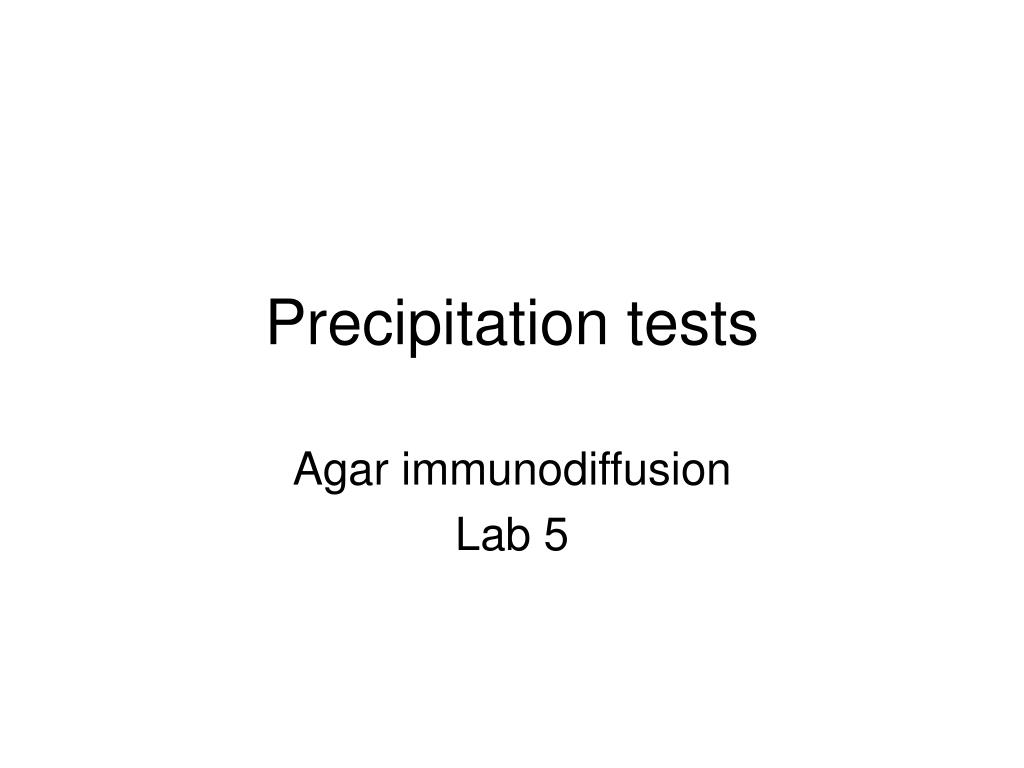
Tell students that a precipitate is an insoluble solid that forms when two solutions are combined and react chemically. See also what change did henry notice in wilson? What indicates a precipitate is forming?Ĭombining the two clear colorless liquids is a chemical change because a different solid substance is formed.

Earth Science > Atmosphere > Precipitation > Precipitation Amount.Earth Science > Atmosphere > Atmospheric Temperature > Surface Temperature.Earth Science > Atmosphere > Atmospheric Temperature > Surface Temperature > Maximum/Minimum Temperature.Earth Science > Atmosphere > Atmospheric Temperature > Surface Temperature > Air Temperature.Global Change Master Directory (GCMD) Science Keywords There are many more precipitation stations than temperature stations, so the raw number of precipitation records will likely exceed the number of temperature records in most climatic situations. Due to late-arriving data, the number of recent records is likely underrepresented in all categories, but the ratio of records (warm to cold, for example) should be a fairly strong estimate of a final outcome. The number of records broken for several recent periods is summarized in the table and updated daily. For example, selecting Oklahoma will narrow the returned list of records to those that occurred in the state of Oklahoma, USA. The Location Category and Country menus allow the user to define the geographic extent of the records of interest. For example, selecting a date range of Mathrough Mawill return a list of records broken or tied on those 15 days. The Date Range and Location features are used to define the time and location ranges which are of interest to the user. All-Time Records exceed the record of all observations, for any date, in a station's period of record. Monthly Records exceed all values observed within the specified month (e.g., the value recorded on March 7th compared to all values recorded in every March). For a given station, Daily Records refers to the specific calendar day: (e.g., the value recorded on March 7th compared to every other March 7th). In order of increasing noteworthiness, they are Daily Records, Monthly Records and All Time Records. Records Timescales are characterized in three ways. In this way, it does not thread the separate histories into one record for a city. This tool treats each of these histories as a different station. However, larger moves, such as a station moving from downtown to the city airport, generally result in the commissioning of a new station identifier. Small station moves, such as a move from one property to an adjacent property, may occur within a station history. This is effectively a 30-year record of service requirement, but allows for inclusion of some stations which routinely shut down during certain seasons.

For a station to be considered for any weather parameter, it must have a minimum of 30 years of data with more than 182 days complete in each year.

For this application, a station is defined as the complete daily weather records at a particular location, having a unique identifier in the GHCN-Daily dataset. All stations meet defined eligibility criteria. Daily weather parameters include Highest Min/Max Temperature, Lowest Min/Max Temperature, Highest Precipitation, Highest Snowfall and Highest Snow Depth. A weather record is considered tied if the value is the same as the maximum (or minimum) value recorded for an eligible station. A weather record is considered broken if the value exceeds the maximum (or minimum) value recorded for an eligible station. These daily weather records were compiled from a subset of stations in the Global Historical Climatological Network (GHCN)-Daily dataset.


 0 kommentar(er)
0 kommentar(er)
